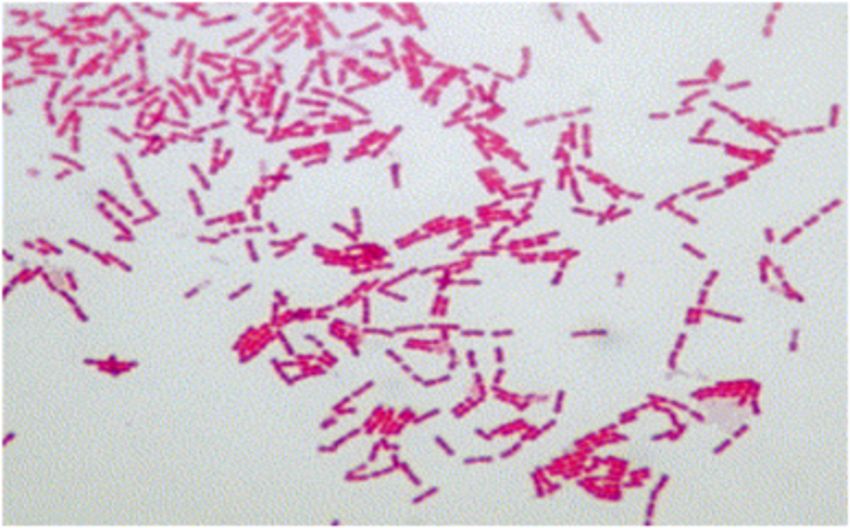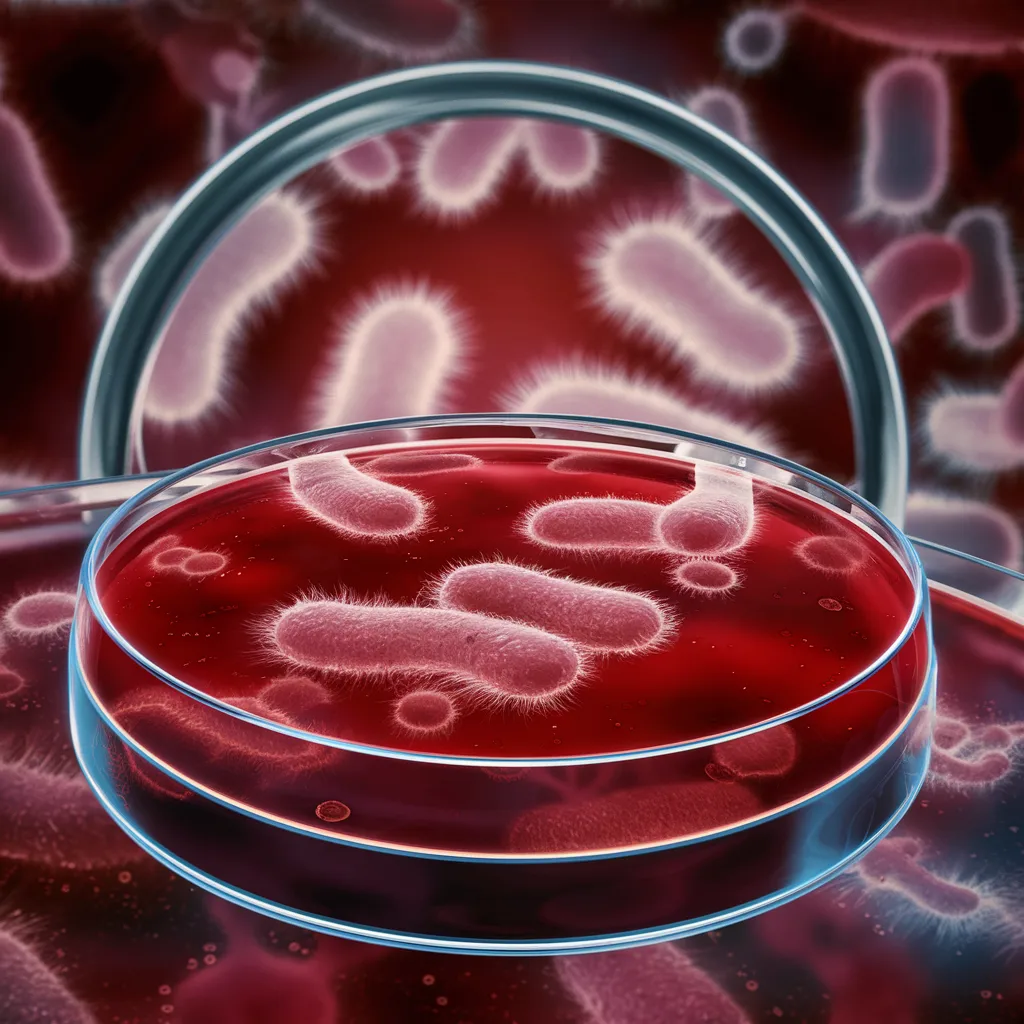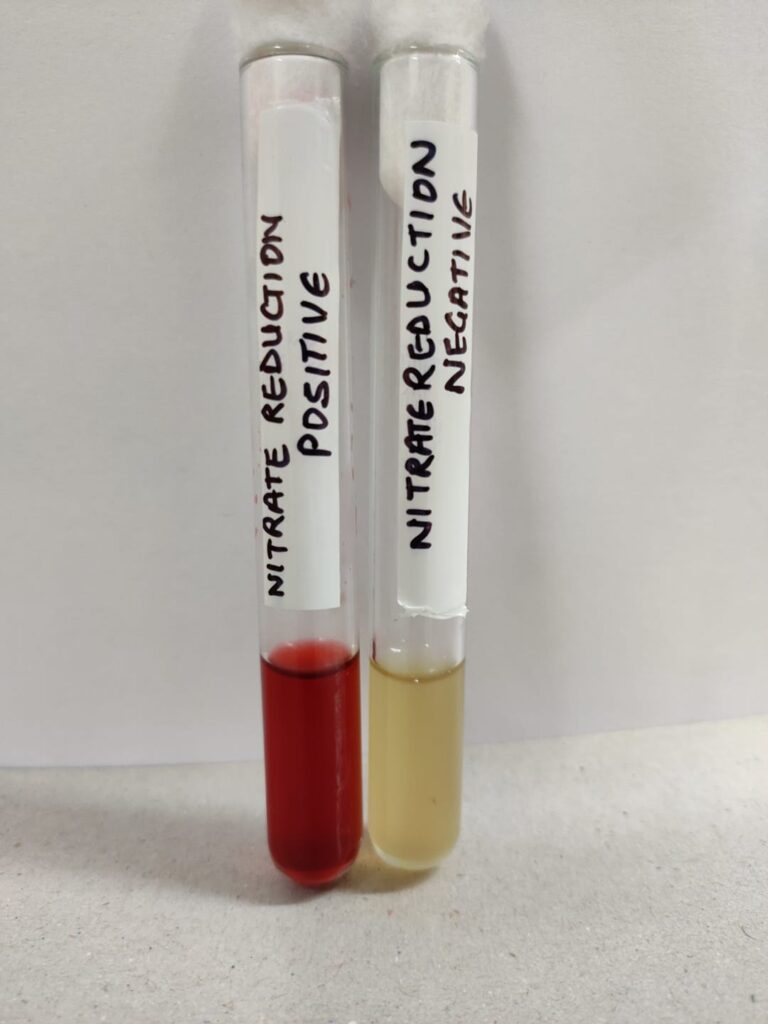What is Kingella kingae ?

A picky, facultative anaerobic gram-negative bacterium called Kingella kingae is frequently discovered in the human nasopharynx. Particularly in young children, it is a major cause of osteomyelitis, septic arthritis, and bacteremia.
Also, A small bacterium called Kingella kingae is responsible for a number of diseases, most often in infants. It’s cunning because it frequently presents with no overt symptoms, making diagnosis challenging. The fastidious gram-negative coccobacillus Kingella kingae frequently causes osteomyelitis, bacteremia, and arthritis in young children.
Certain biochemical assays can be utilized to confirm the identification, even though it is usually recognized by its distinctive growth on blood agar and its susceptibility to penicillin.
Table of Contents
Biochemical Test of K.kingae
The following crucial biochemical assays are performed to identify Kingella kingae:
Growth Characteristics
Growth on Blood Agar: Usually, Kingella kingae grows on blood agar, where it forms tiny, translucent, gray-white colonies that sometimes resemble “pinpoints.”

Growth on Chocolate Agar : Chocolate agar growth is comparable to that on blood agar.
Growth on MacConkey Agar: The absence of lactose fermentation on MacConkey agar prevents K. kingae from growing there.
Growth on Thayer-Martin Agar: It can also grow on this selective medium, which is used to isolate Neisseria species and is supplemented with vancomycin, colistin, and nystatin.
Biochemical Tests
Catalase: One characteristic that sets Kingella kingae apart from many other gram-negative cocci, such as Neisseria spp., is its lack of catalase.
Oxidase: Like Neisseria species, Kingella kingae is oxidase-positive.
Glucose Utilization : Kingella kingae uses glucose oxidatively, which results in the production of acid but not gas. It is a glucose-positive bacterium. This sets it apart from Neisseria gonorrhoeae, which ferments glucose to produce gas and acid.
Other Sugars: Lactose, maltose, and sucrose are not fermented by Kingella kingae.
Nitrate Reduction: Rather than lowering nitrates, Kingella kingae is nitrate-negative.

Limitations of Biochemical Test
slow Growth: The slow growth of K. kingae can cause biochemical test findings to be delayed.
Specificity: Although the tests mentioned above can assist exclude certain options, they might not be able to conclusively identify K. kingae. Similar biochemical patterns may also be seen in other microorganisms.
False Negatives: Results that are falsely negative can be caused by improper handling or collection of specimens, as well as by the administration of antibiotics prior to specimen collection.
Importance of Biochemical Test
Verification of the diagnosis: The presence of K. kingae must be verified by biochemical testing.
Treatment recommendations: For K. kingae to be effectively treated, it is imperative to understand which antibiotics it is susceptible to.
Epidemiological surveillance : Biochemical tests can be used to monitor the prevalence of K. kingae in various populations as part of epidemiological monitoring.
Molecular Techniques
PCR (Polymerase Chain Reaction) : Kingella kingae can be identified using the very sensitive and specific PCR (Polymerase Chain Reaction) technique. It is able to identify certain DNA sequences that are unique to this species.
Matrix-Assisted Laser Desorption/Ionization Time-of-Flight Mass Spectrometry : MALDI-TOF MS, is a quick and precise method of identifying bacteria based on their distinct protein profiles.
Extra Remarks
Because of its similar growth properties to Neisseria spp., Kingella kingae can occasionally be mistaken for other bacteria. For reliable identification, especially when clinically relevant, it is imperative to use a mix of biochemical testing and other diagnostic procedures.
In conclusion, biochemical analyses are essential for determining the identity of K. kingae. However, to guarantee a precise diagnosis and suitable treatment of K. kingae infections, these tests should be evaluated in conjunction with additional diagnostic modalities, such as culture and genetic techniques.
Frequently Asked Questions (FAQ)
What is the importance of Biochemical Test of k. kingae?
The importance of biochemical test are
1.Biochemical Test of k. kingae helps to verification of the diagnosis.
2.It is effectively treated, it is imperative to understand which antibiotics it is susceptible to.
3.Biochemical tests can be used to monitor the prevalence of K. kingae in various populations as part of epidemiological monitoring.
What is Kingella kingae ?
A picky, facultative anaerobic gram-negative bacterium called Kingella kingae is frequently discovered in the human nasopharynx. Particularly in young children, it is a major cause of osteomyelitis, septic arthritis, and bacteremia.
Define MALDI-TOF MS ?
Matrix-Assisted Laser Desorption/Ionization Time-of-Flight Mass Spectrometry is a quick and precise method of identifying bacteria based on their distinct protein profiles.
Related Articles

